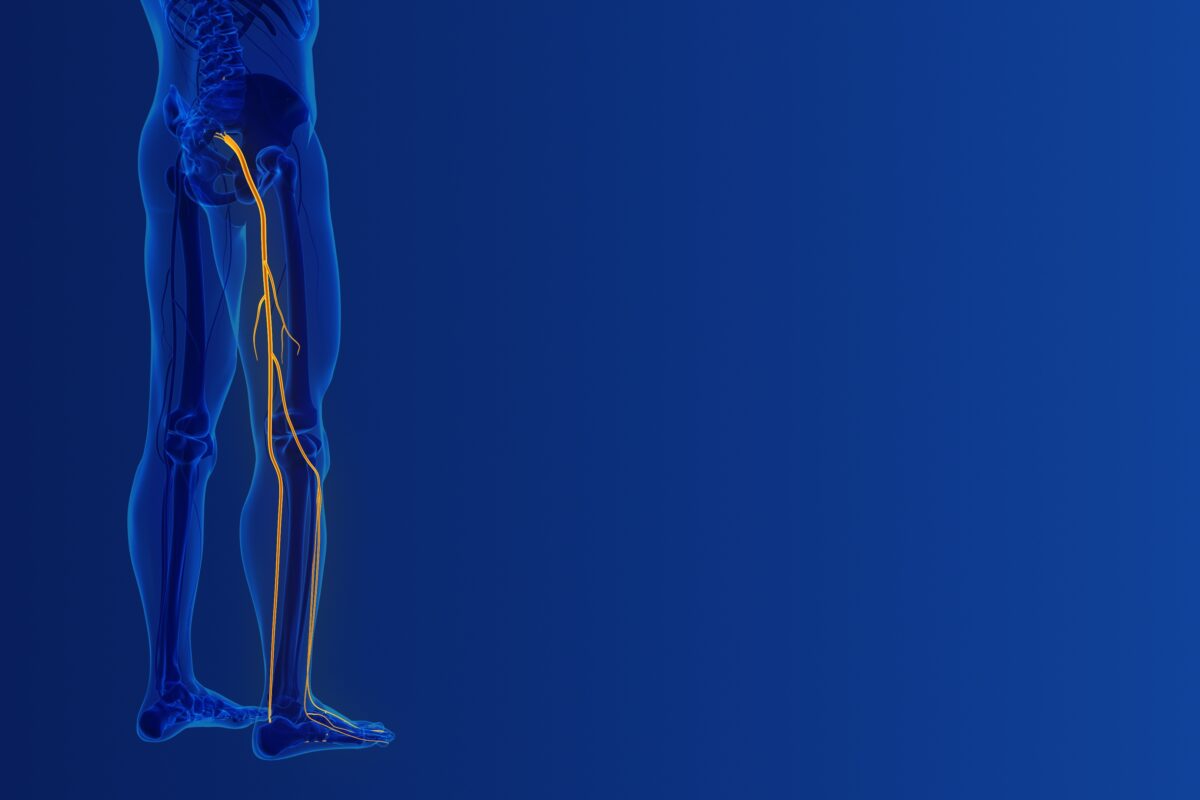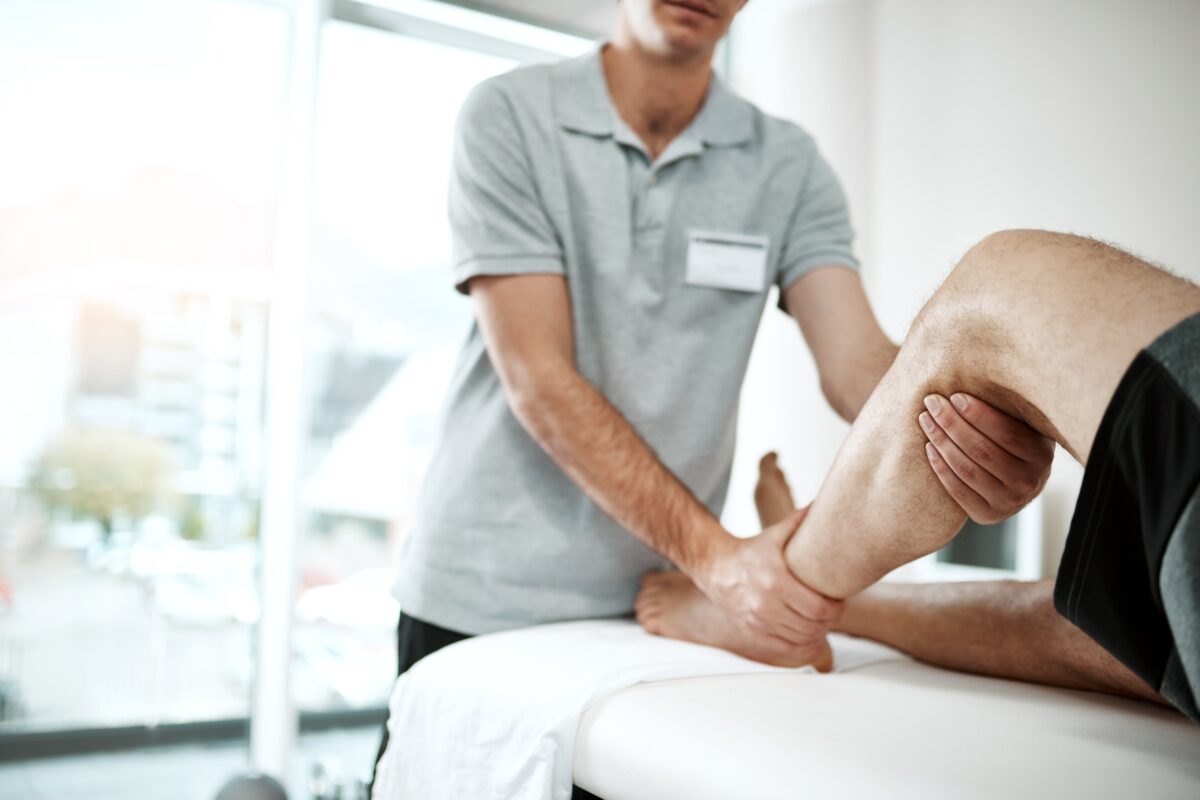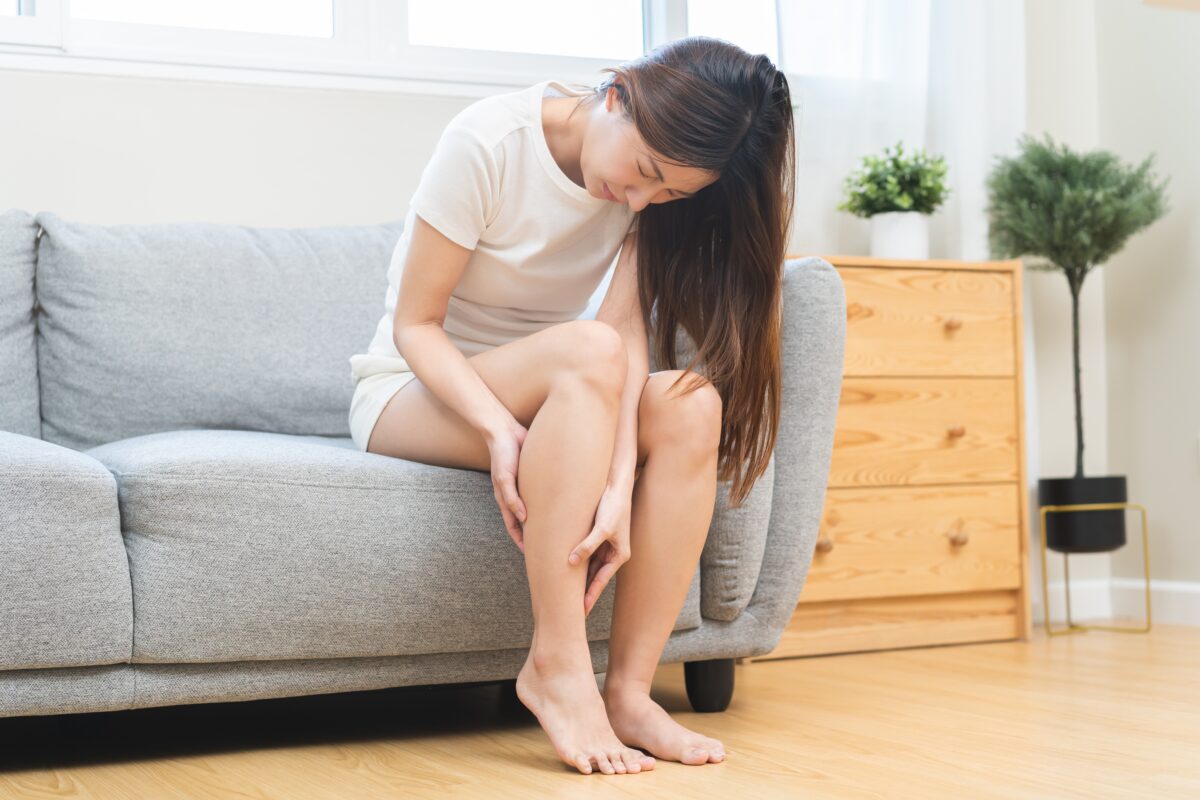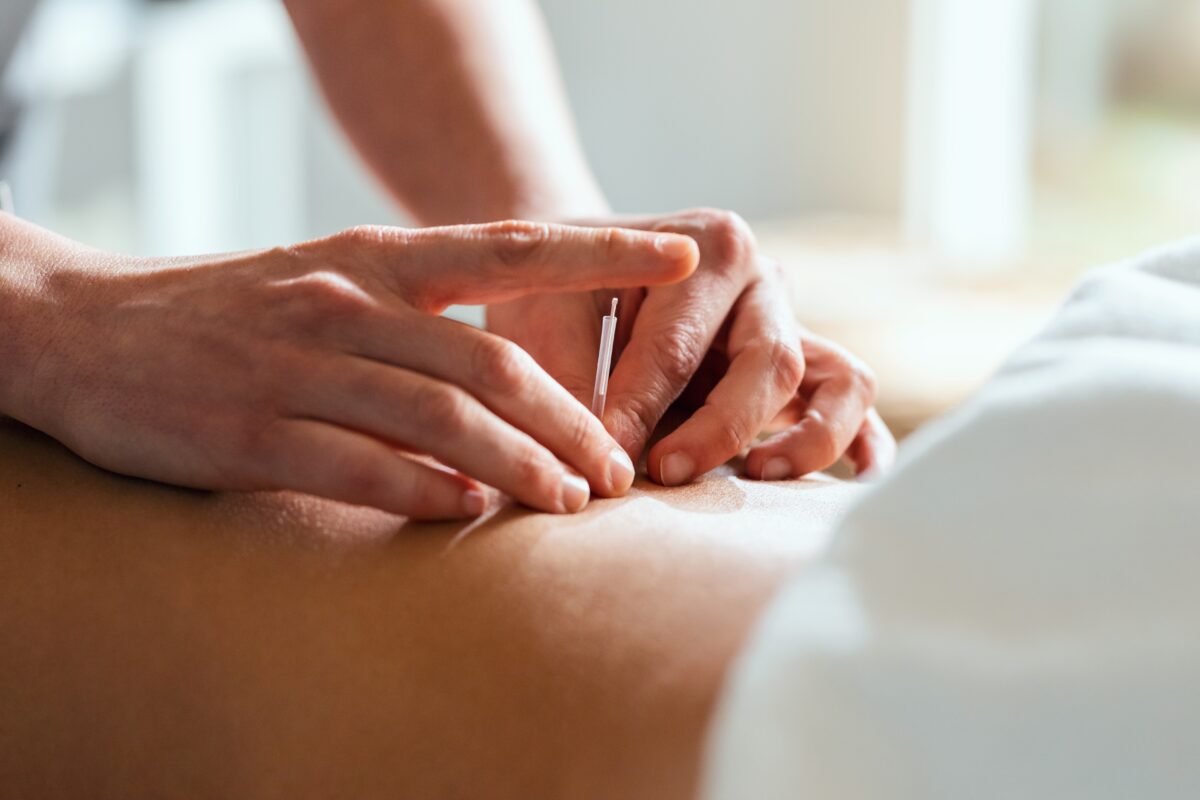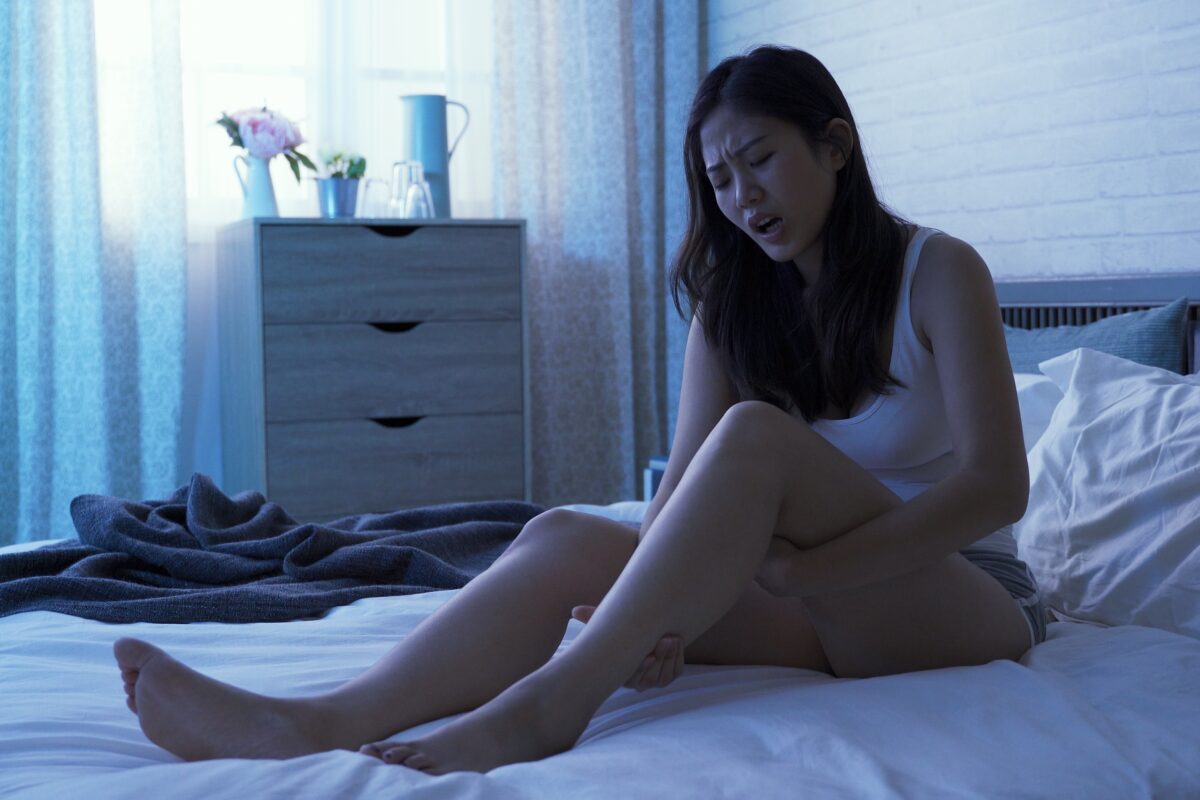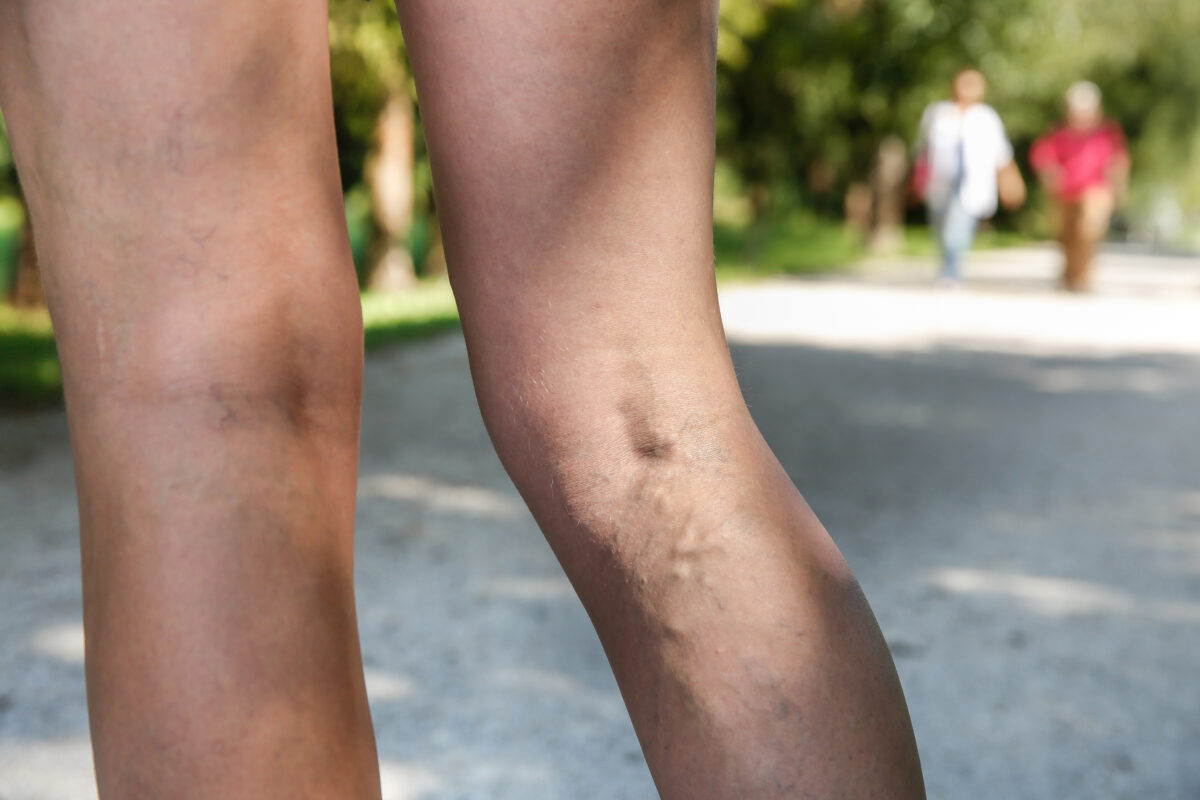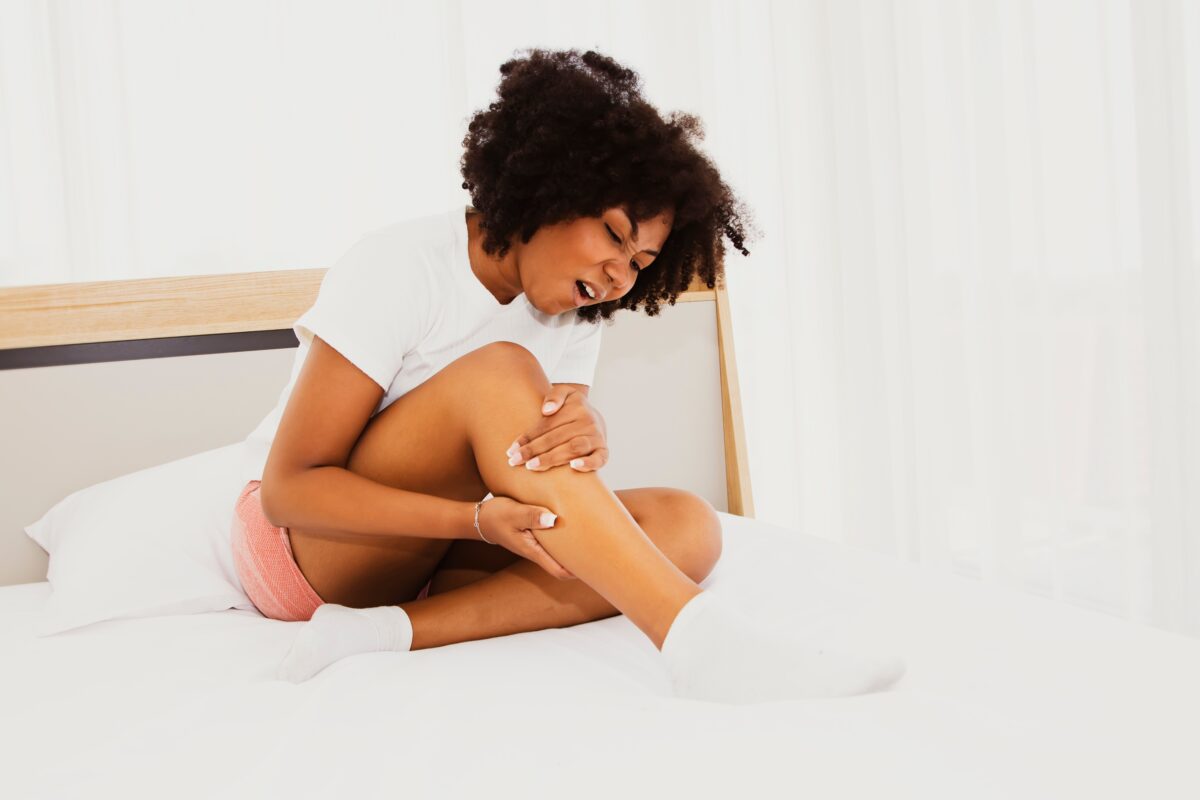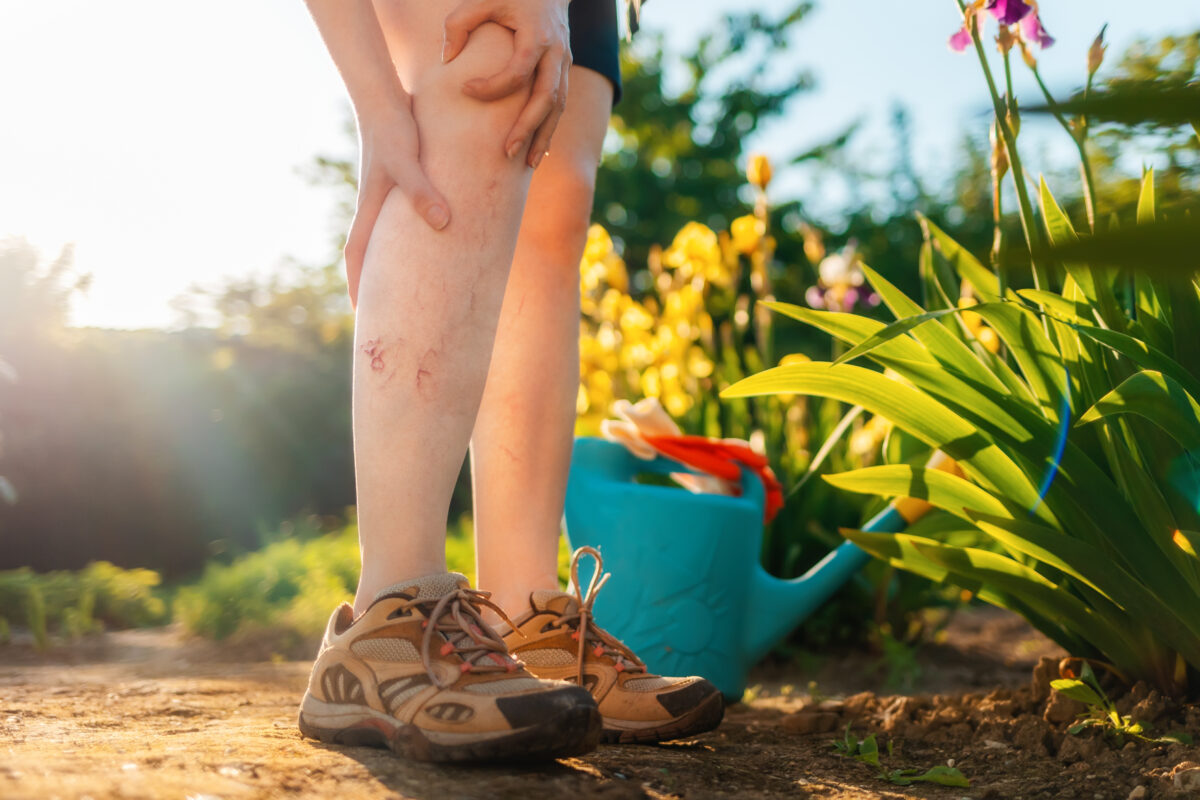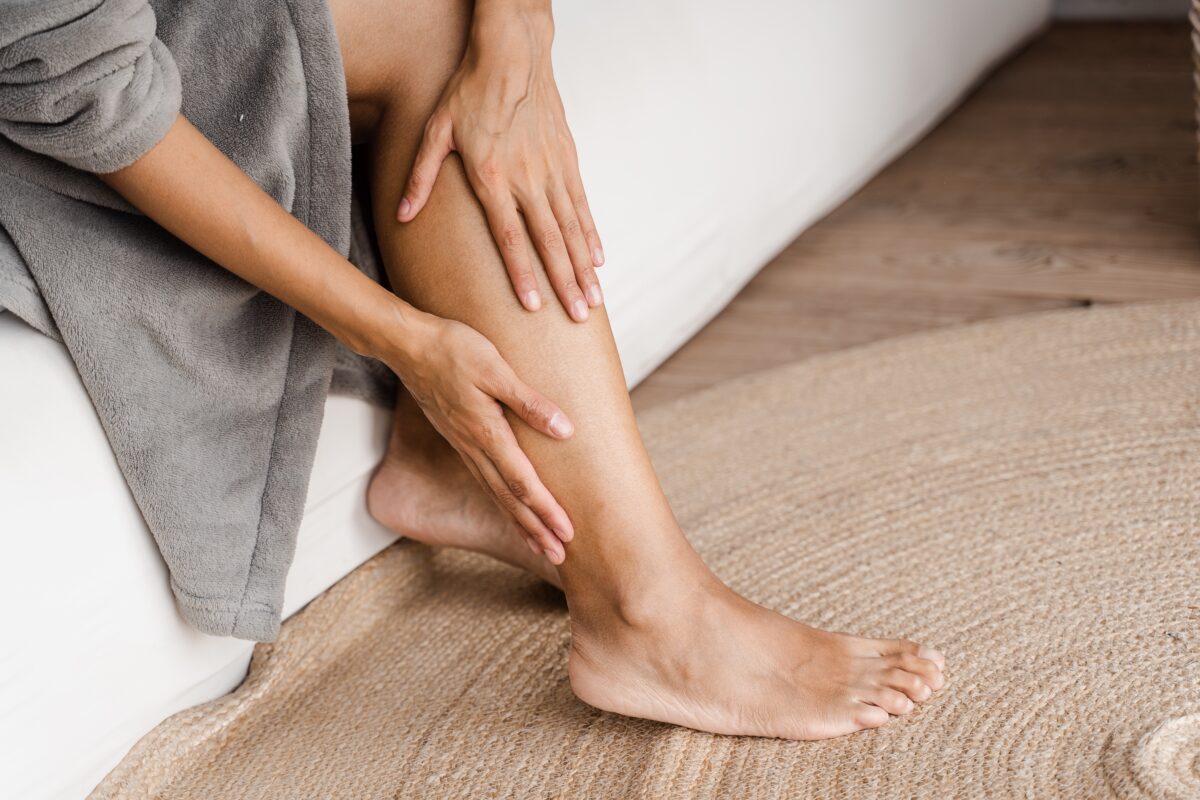Sciatica pain can often sneak up on you without warning and turn simple tasks into major hurdles. When that sharp, burning sensation runs from your lower back down your leg, you only want to look for relief as much as possible.
While painkillers or doctor visits may help, you don’t always have those options at home.
The good news is that you can try specific, practical strategies right where you are to ease the discomfort and prevent it from taking over your day.
In this article, you’ll find approachable methods for the relief of sciatica pain that will significantly improve your quality of life.
Understanding Common Causes of Sciatica Pain
From herniated discs to degenerative disc disease, there are plenty of factors that can lead to that sharp, shooting leg pain.
Knowing what triggers these flare-ups can make a difference in managing discomfort and finding real relief. Let’s examine the common sciatica symptoms and how they affect daily life.
Herniated or Slipped Discs
A herniated or slipped disc often triggers sciatic pain. Discs cushion the spine and absorb shocks, but when a disc moves out of place or ruptures, it can press against the spinal nerves branching from the spinal cord and cause sciatic nerve pain.
This pressure creates severe discomfort, which can travel from the lower back into the affected leg and sometimes causes muscle weakness or numbness.
In some cases, a herniated disc can disrupt bowel or bladder control.
Spinal Stenosis
Spinal stenosis is when the spaces on the backbone shrink and create pressure on the spinal nerves. Standing or walking for extended periods makes the pain worse, whereas sitting or leaning forward offers temporary relief as it opens up more space in the spine.
People with spinal stenosis may experience tingling down the back or muscle weakness in the legs.
Piriformis Syndrome
Piriformis syndrome often results from issues in the piriformis muscle, a small muscle located in the buttocks. When this muscle tightens, it can trap the sciatic nerve and send pain down the affected leg.
Repetitive activities like cycling and running, as well as prolonged sitting, often contribute to piriformis syndrome. Stretching exercises and physical therapy designed for the piriformis muscle often relieve these symptoms, though some cases may require injections or surgery for lasting relief.
Degenerative Disc Disease
Degenerative disc disease leads to sciatica pain as spinal discs break down over time. These discs lose moisture, becoming less flexible and thinner, which reduces cushioning between vertebrae.
Friction between the bones or the formation of a bone spur from the degeneration can create pressure on the sciatic nerve and cause radiating pain.
Spondylolisthesis
Spondylolisthesis occurs when a vertebra slips forward over the one below it, creating a gap that can pinch the sciatic nerve. This condition usually affects the lower spine, often resulting from a stress fracture, congenital issues, or changes related to age.
Pain from spondylolisthesis can spread down the back and into the leg, often worsening with movement.
Injury or Trauma
Injury or trauma to the lower back, like a fall or car accident, can result in sciatica. Such injuries often damage bones, discs, or muscles around the spine, causing immediate compression or inflammation that affects the sciatic nerve.
People can experience severe pain that radiates down the affected leg and sometimes encounter muscle spasms as their body tries to stabilize the injured area.
Tumors and Infections
Tumors or infections, though less common, can also lead to sciatica pain. Tumors near the spine create pressure on nerves, while infections in the spinal area, like osteomyelitis, can inflame tissues near the spinal cord.
Tumors pressing on the sciatic nerve often need imaging to confirm the diagnosis, and treatments may include surgery, radiation, or chemotherapy.
Obesity and Sedentary Lifestyle
Obesity and inactivity can contribute to sciatica. Excess weight puts more strain on the lower back and spine, which can worsen conditions like herniated discs or spinal stenosis.
Sedentary habits, particularly prolonged sitting, weaken the muscles supporting the spine and increase the chance of sciatica.
At-Home Care Methods to Achieve Relief of Sciatica
Finding sciatica pain relief at home can make a significant difference in reducing discomfort and improving mobility.
Sciatica often originates in the lower back, so tackling back pain through stretches, posture adjustments, and heat therapy can be particularly beneficial.
Here are several methods that can help:
Gentle Stretches and Exercises
Specific stretching exercises can target sciatica pain, as they help relax the muscles around the lower back, hips, and legs. Regular stretching, especially under the guidance of a physical therapist, can improve flexibility and circulation.
- Knee-to-chest stretch: Start by lying on your back and pulling one knee toward your chest, holding the stretch for 20–30 seconds.
- Piriformis stretch: This targets muscles in the hips that can irritate the sciatic nerve, offering relief for those dealing with intense sciatica.
Exercises should be done carefully, and it’s helpful to consult a physical therapist to find the right routine.
Alternating Hot and Cold Therapy
Hot and cold therapy can offer immediate, temporary sciatica pain relief. Ice packs can reduce inflammation in the affected area, while a heating pad relaxes tight muscles and increases blood flow to the painful region.
- Cold therapy: Apply an ice pack for 15–20 minutes a few times a day during a pain flare-up.
- Heating pad: After the initial swelling reduces, use a heating pad on the lower back to improve circulation and promote relaxation. Heat can also help relieve tight muscles in the lower back, reducing sciatic pain over time.
Posture Correction
Poor posture often worsens sciatica, especially for those sitting at desks for extended periods. Ensuring proper posture while sitting and standing can reduce the strain on your lower back and ease back pain.
- Sitting posture: Sit with your feet flat, keeping your back straight with support for your lower spine. A small rolled-up towel or lumbar cushion can encourage better alignment.
- Standing: Avoid slouching, keep a slight bend in your knees, and wear supportive shoes to reduce strain on your spine.
Massage Therapy
Massage therapy can release muscle tension, reduce inflammation, and relieve pain, especially in the glute and lower back areas. Self-massage techniques, like using a tennis ball, can target specific tight spots along the sciatic nerve path.
- Tennis ball massage: Place a tennis ball under the lower back or glute, lying gently over it to work out knots. Rolling over the ball can help reduce pain.
- Foam roller: Use a foam roller on your lower back and hamstrings to improve blood flow and flexibility.
Mindful Breathing and Relaxation
Breathing exercises and relaxation techniques can support healing, as stress is a significant factor in sciatic-related conditions. Deep breathing can ease muscle tension, which can be beneficial for sciatic pain.
- Deep breathing: Lie on your back and take slow, deep breaths, focusing on expanding your abdomen with each inhale.
- Progressive relaxation: Tense and relax each muscle group one by one to reduce tension in your body.
Anti-inflammatory Foods and Hydration
An anti-inflammatory diet can help manage pain and reduce flare-ups. Consuming foods like leafy greens, fatty fish, and berries supports the body’s natural ability to heal and provide sciatica pain relief.
Staying hydrated also helps, as well-hydrated muscles are less prone to cramping and inflammation.
Over-The-Counter Pain Relievers
For immediate relief, over-the-counter medications can reduce pain and inflammation. Nonsteroidal anti-inflammatory drugs (NSAIDs), like ibuprofen, may provide temporary relief, and some topical creams can offer localized pain reduction.
When to See a Doctor for Relief of Sciatica
Patients with sciatica often wonder when to consult a doctor for lasting relief. Sciatica usually starts as pain radiating along the sciatic nerve and runs from the lower back down the legs.
The discomfort may be mild for some, but for others, it can turn into severe pain, tingling, or numbness that disrupts daily life. Ignoring these symptoms might lead to worsening pain or even long-term nerve damage.
Several signs indicate the need for medical attention, especially if over-the-counter pain relief and basic exercises aren’t helping. Generally, seeing a doctor is advisable when:
- The pain lasts more than a few weeks without noticeable improvement.
- Pain intensifies or spreads further down the leg over time.
- Numbness or weakness develops in the affected leg or foot.
- Difficulty arises when walking, standing, or balancing.
- Bladder or bowel control becomes an issue.
Early medical intervention may prevent worsening symptoms and help identify any underlying causes, such as herniated discs or spinal stenosis. Consulting a doctor might lead to various treatments, including physical therapy, anti-inflammatory medications, or corticosteroid injections.
In some cases, doctors might recommend surgery if the sciatica is severe and unresponsive to other treatments.
Treatment Methods for Long-Term Relief of Sciatica
At Wellness and Pain, we offer specialized treatments for sciatica designed to address your specific needs. Our approach prioritizes relieving pain and restoring mobility so you can return to an active lifestyle.
Whether you face occasional discomfort or chronic pain, we have options tailored to help you feel better. Here are the main treatments we offer for long-term relief of sciatica:
Trigger Point Injections
Trigger point injections relieve muscle tension that can worsen sciatica pain. When tense or knotted, certain muscles press against nerves and aggravate symptoms.
During this treatment, we inject mild medication into the tight muscle areas, releasing tension and reducing nerve pressure. Many of our patients find relief from pain quickly, making it easier to stay active and comfortable.
Acupuncture for Sciatica Relief
Acupuncture, one of the oldest forms of pain management, stimulates specific points in the body to trigger natural pain relievers. Targeting precise points around the sciatic nerve allows acupuncture to reduce inflammation, improve circulation, and reduce pain.
Many patients find that regular acupuncture therapy makes a real difference in managing sciatica symptoms, bringing calm and relaxation to the body.
Chiropractic Care for Spinal Alignment
Chiropractic care focuses on restoring proper spinal alignment, often reducing sciatic nerve pressure. Misalignment in the spine frequently contributes to sciatica symptoms, causing pain to radiate down the legs.
Our chiropractors carefully adjust the spine to correct misalignments, reducing nerve compression and supporting natural healing. Regular chiropractic sessions reduce pain and can help prevent future issues, providing a proactive approach to maintaining spine health.
Nerve Ablations for Lasting Pain Reduction
For severe or long-lasting sciatica pain, we offer nerve ablation, a method that interrupts pain signals from specific nerves. Using radiofrequency energy, nerve ablation directly targets nerves associated with chronic sciatica pain.
Patients who haven’t found relief from other treatments often experience significant improvement after nerve ablation, with benefits that last for months or even years.
Achieve Lasting Relief of Sciatica With Wellness and Pain
Find lasting relief of sciatica with Wellness and Pain’s sciatica treatments designed to target pain at its source. If you’ve been struggling with limited mobility or constant discomfort due to sciatic pain, now’s the time to make a change.
Wellness and Pain offers innovative, non-surgical solutions that provide relief and lasting comfort. Our experienced team will work with you to understand your unique needs and create a treatment plan focusing on effective, sustainable results.
Contact us today to schedule your first consultation.
FAQs About Relief of Sciatica
Do some exercises make sciatica worse?
High-impact exercises, like running or heavy lifting, often aggravate sciatica. Low-impact options, such as swimming or gentle stretching, typically cause less strain on the lower back and prove to be more helpful.
When does sciatica require surgery?
Most people experience relief without surgery. If severe pain lasts and other treatments don’t work, doctors may recommend surgery to relieve pressure on the sciatic nerve and offer long-term relief.
Can sciatica pain go away on its own?
Sciatica pain often improves within a few weeks with rest and self-care. If the pain continues, specific treatments can prevent the issue from becoming a long-term problem.


